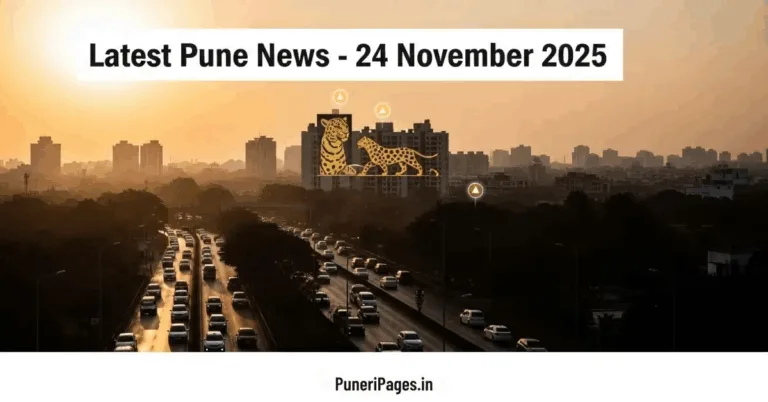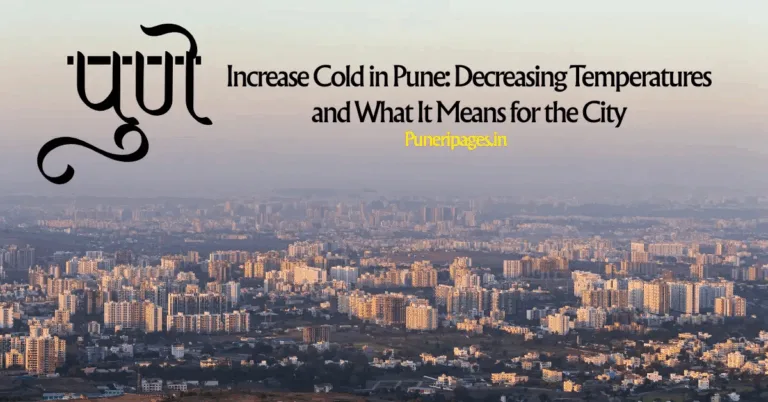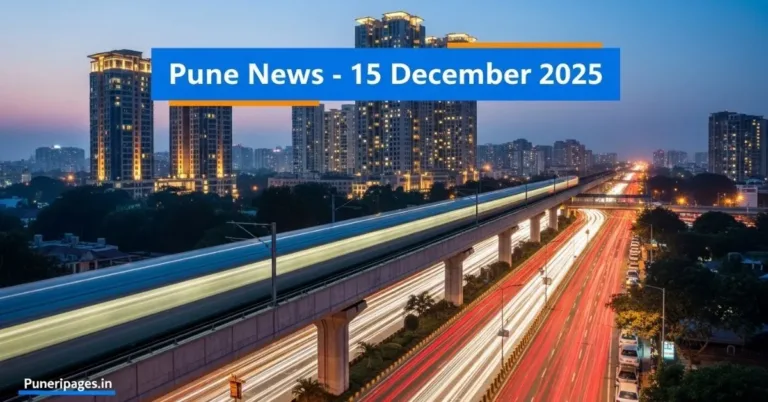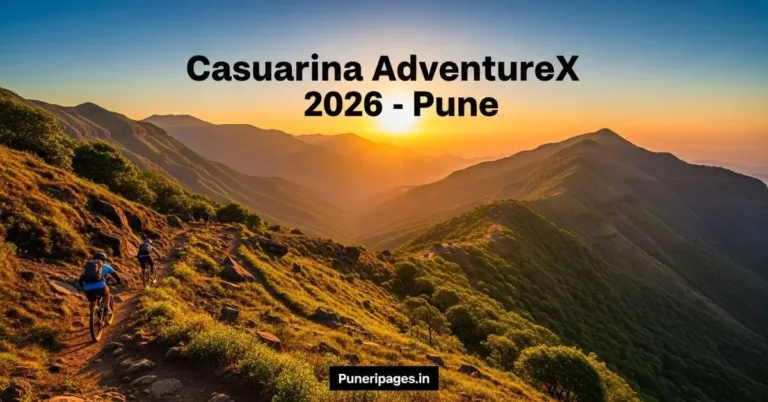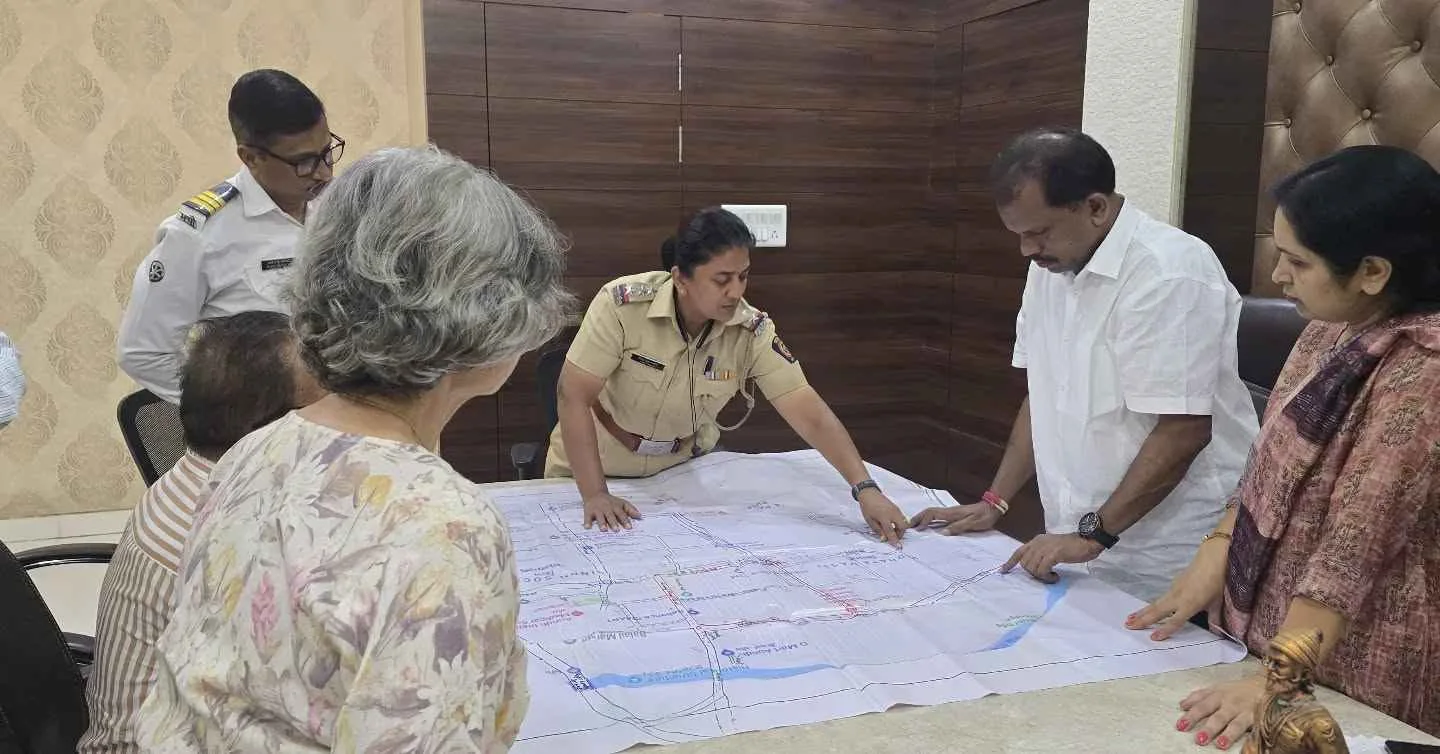
Visualizing the 'Aundh Pattern' – a new traffic system that’s easing congestion in Pune’s busy streets
By Prashant for PuneriPages.in
If you’re a regular commuter in Pune, you know the pain of crawling traffic, never-ending signals, and roads that feel more like obstacle courses. But what if I told you there’s a part of the city where traffic has actually improved? Yep, I was surprised too. It’s called the “Aundh Pattern,” and now, Pune Police wants to try it across the city.
I spent some time digging into this plan to understand what makes it tick, why it worked in Aundh, and whether it’s really the game-changer we need. Here’s everything I found:
Table of Contents
What Is the “Aundh Pattern,” Exactly?
Let’s break it down into simple terms. The Aundh Pattern is a smart traffic management plan implemented by Pune Police in the Aundh area. Instead of random fixes, it focuses on structured, strategic changes. Here’s how it works:
- One-Way Loops: They turned major roads into one-way loops, like the stretch from University Circle to Aundh. It clears out confusion, cuts down signal time, and allows smoother traffic flow.
- Strict No-Parking Zones: No more cars randomly parked on main roads. That means an extra lane for you to drive.
- Designated Parking: Vehicles were directed to proper side lanes and marked parking spots. Simple idea, big impact.
- Synchronized Signals: Signals were timed to allow traffic to pass in waves. Once you’re moving, you’re moving.
- Active Policing: For the first few weeks, there were traffic cops at key points ensuring everyone followed the new system. It worked.
Real People, Real Change
I spoke to Rutuja, a friend who drives daily from Baner to Aundh. “Earlier, University Circle was my nightmare,” she laughed. “But now, it feels almost… manageable. I get to work without needing a stress pill.”
Local shopkeepers noticed the change too. Fewer jams meant more foot traffic and happier customers. Who would’ve thought traffic reforms could help business?
Imagine This in Your Area
Now, picture this:
- FC Road as a neat one-way loop
- JM Road with proper parking spots and no double-parking chaos
- Hadapsar junction with signals that actually make sense
This isn’t fantasy. If the Aundh Pattern is implemented well, these areas might actually breathe.
Not All Sunshine, Though
Hold on, it’s not all perfect. Aundh has relatively wider roads, making one-way loops easier. Will it work in tighter areas like Sadashiv Peth or Camp? That remains to be seen.
Plus, the initial days of the rollout had people confused, annoyed, and honestly, quite lost. Change takes time, and patience isn’t exactly our city’s strength.
But here’s the silver lining: it worked in Aundh. With awareness, maps, traffic police presence, and proper planning, other neighborhoods could see the same results.
The Bigger Picture
Kudos to DCP Vijay Kumar Magar and his team for trying something different. In a city where traffic chaos is just a part of life, someone actually looked at a solution instead of excuses.
The plan now is to replicate this model across key congested areas in Pune. Whether you’re stuck in Kothrud, Hinjawadi, or Wanowrie, this blueprint could be your ticket to saner roads.
Final Thoughts: Hope Is a One-Way Street
Look, I’m not saying the Aundh Pattern is magic. But in a city where we’re used to things going from bad to worse, it’s refreshing to see something actually getting better.
If this gets rolled out properly, with solid enforcement and local adaptation, it could be the first real step toward fixing Pune’s traffic.
As a fellow Punekar who’s just as fed up with horns, heat, and headaches, I’ll take hope wherever I can get it. And right now, that hope looks like a well-timed green signal and a road that finally makes sense.
